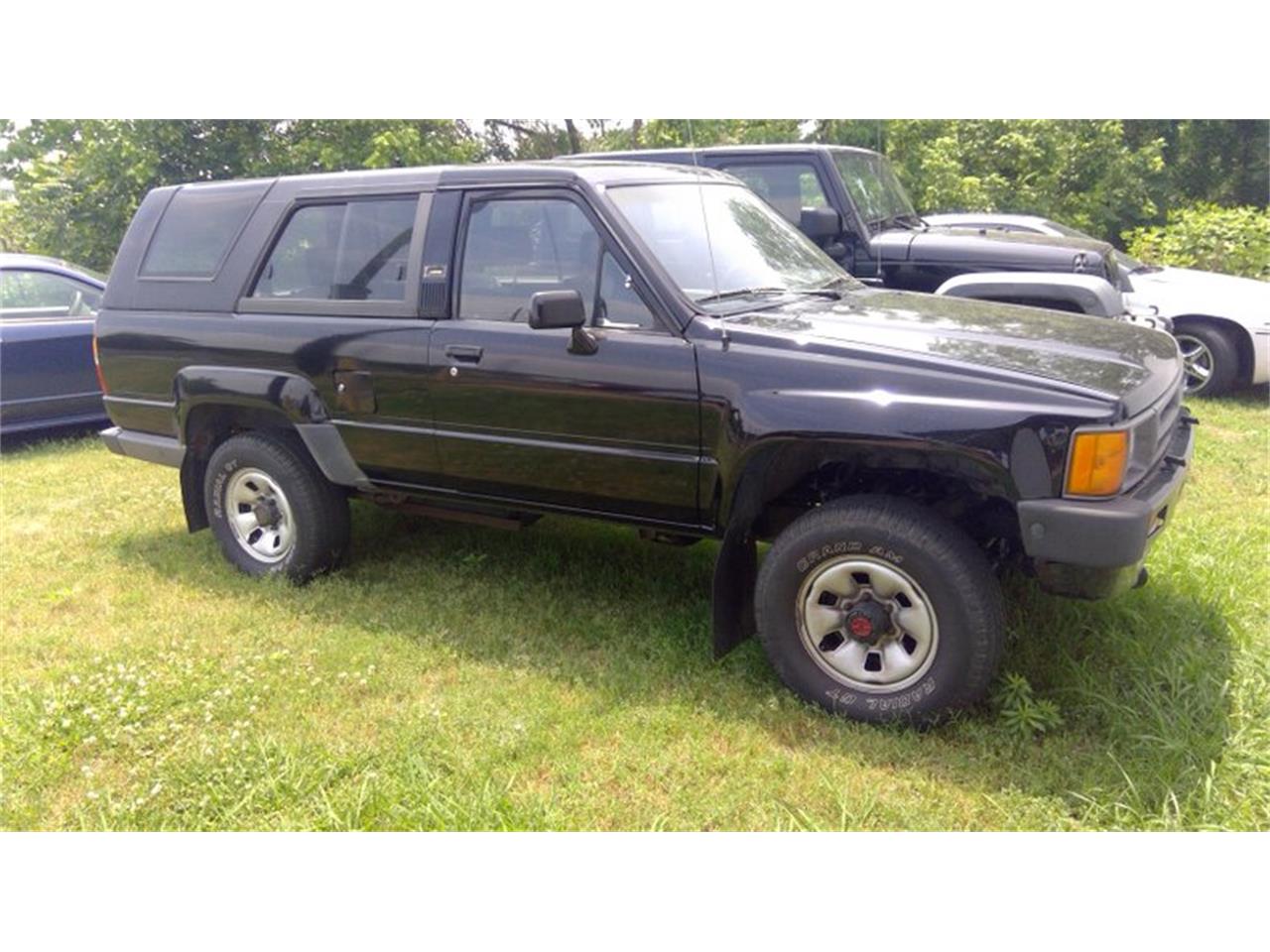

SWB and LWB window petrol vans also sold in passenger-carrying Ford Econowagon form. In Australia, rebadged versions were sold as the Ford Econovan as a SWB petrol van (with and without side windows), LWB petrol van (with and without side windows), and LWB diesel van guises (windowless). This generation Bongo was the best-selling Mazda vehicle from its introduction until 1981, when it was surpassed by the front-wheel drive Mazda Familia. The original version has round headlights and no grille after a facelift the second generation Bongo/E-series had rectangular headlights and a more traditional grille. The Bongo/Ceres underwent a number of facelifts and was still available as late as 1999. This generation was also manufactured by Kia in South Korea, as the Kia Bongo and Ceres.

#KIA SLIDE RUNNER MANUAL#
The UK model has a five-speed manual gearbox with a column mounted shifter. The British market only received the long wheelbase 1-tonne panel van version with small, twinned rear wheels. As the E1600, this model went on sale in Great Britain in 1982, only a year before being replaced. The Bongo Multi Wagon had originally been sold with a 1.8-liter petrol engine only. This appeared in the passenger version "Bongo Multi Wagon" in February 1980.

Beginning in October 1979 a 2.2-litre diesel engine was also available in commercial versions, sold in export as the E2200. Ford sold this version of the van as the Ford Econovan, while Mazda sold it for export as the E1300, E1400, and E1600, depending on engine size. It was a mid-engine rear wheel drive vehicle. The 1000 pickup which was built for commercial uses, and the cargo and passenger vans all used a double wishbone and coil spring suspension for the front wheels, and a trailing-arm suspension and coil springs at the rear wheels.ĭue to the popularity of the Bongo, Mazda decided to manufacture a minibus, called the Mazda Parkway starting in 1974 until 1997, shared with the larger Mazda Titan truck platform.Īfter a two-year hiatus, the next Bongo van appeared in September 1977. Due to rust and poor maintenance, these Bongos are now rare.
#KIA SLIDE RUNNER FULL#
The rear-engined Bongos had a full chassis (using the same Mazda 1000 engine as other variants mounted to a four-speed transaxle at the rear) and were very strong and due to the low gearing, able to carry half a ton. This model retained the same body shape for its 10-year production life, the later models fitted with inertia-reel seat belts, and separate front parking indicator lights. Production ended in 1975, due to Mazda suffering serious economic troubles and upcoming stricter emissions regulations for 1976, influenced by the original United States Federal Clean Air Act of 1963.

The engines were shared with Mazda's Familia small car range. but wasn't put into production and remained a prototype. Mazda also showed an electrically powered version of the van, which could reach 75 km/h (47 mph) and with a 60 km (37 mi) range.
#KIA SLIDE RUNNER CODE#
The chassis code for the 1-litre model is FPA. This has a 987 cc PB overhead valve inline-four engine with 48 PS (35 kW) at 5500 rpm. The rear-engined Bongo was produced in two versions from 1968, as the F800 was joined by the bigger-engined F1000. It featured a rear-mounted 782 cc water-cooled OHV SA 4-stroke engine driving the rear wheels. Mazda first introduced its small van, the Bongo, in May 1966.


 0 kommentar(er)
0 kommentar(er)
